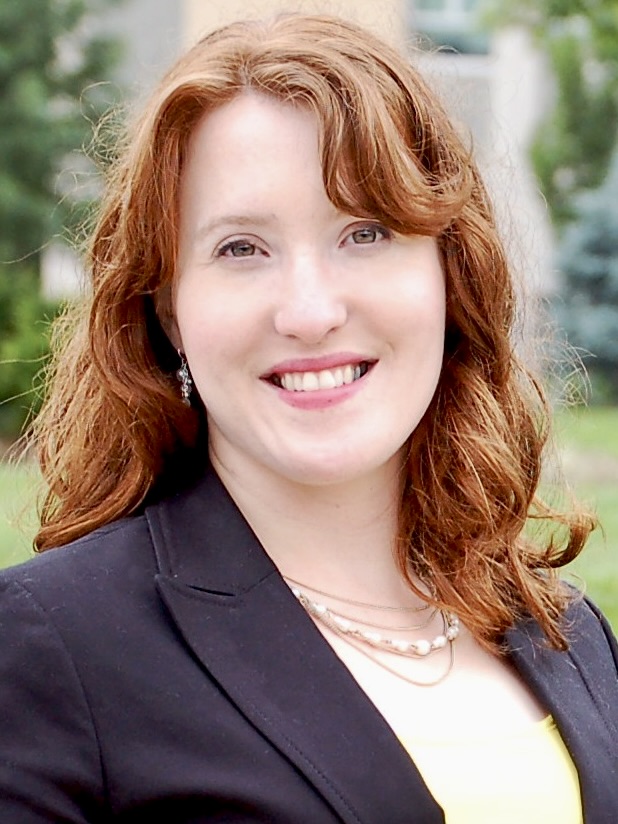
The University of Missouri has had a long history of being inclusive of people with disabilities. Learn more about Amber Cheek and the Office of Accessibility and ADA below.
1. What is your role on campus?
The Office of Accessibility and ADA is involved in all aspects of accessibility on campus, including facilities accessibility, digital accessibility and event accessibility. We work with employees with disabilities who need accommodations, and our work in increasing accessibility of the entire campus benefits students as well.
2. What is the process for requesting “reasonable accommodations”?
Employees can request accommodations by reaching out to us directly. They can email any of our staff members, but most people will email me directly. Once employees do this, we meet with them to get a sense of their situation and unique job functions. If the person with a disability decides to go forward with accommodations, they would also need to provide documentation confirming they have a medical condition that would be a disability under the ADA.
3. What are some common accommodations employees ask for?
We work with a lot of employees who are aging and for the first time have mobility problems or who have difficulties with their hearing, vision, back or wrists. We also work a lot with people with chronic illnesses and learning disabilities.
4. What resources do you offer faculty/staff with disabilities?
We provide a wide range of accommodations, but some common examples include roller ball mice for people with dexterity issues, standing desks, dictation, text-to-speech to have things read out loud, and a wide range of assistive technology. Some of those tools are now built into Microsoft 365, which we help teach people how to use. Sometimes we purchase software, like ZoomText, which is a software program that helps people who are losing their vision.
We also work with employees who have chronic illness or other medical conditions. For example, if someone had diabetes and they needed a certain schedule and breaks to take their insulin, we would work with the supervisor to arrange for workplace accommodations involving scheduling.
5. Are there any fears employees may have before they come to your office?
Many people don’t identify with the word disability. If you have a serious medical condition that’s impacting your work, we’re here to provide accommodations. A lot of employees we work with are brand- new to their disabilities. We work a lot with people who are in their 50s and 60s when they get their first diagnosis or experience an injury, and often they don’t know what accommodations are. Employees don’t need to know everything before reaching out. We’ve worked with over 900 employees in the last 10 years – we often have ideas we can offer the employee, and if we don’t know the answer we’ll do research to help find solutions. There is a lot of amazing technology available now that didn’t even exist two years ago.
7. What is a common misconception about accommodations?
Employees and supervisors sometimes assume that accommodations change people’s jobs, but the purpose of accommodation is to provide the adaptation, to provide the accommodation for the employee to do the same work in a different way. We’re not saying, “here’s 25% of your job that you just don’t need to do anymore.” Instead, we say “let’s discuss how can you do those tasks that are a barrier for you in a different way, with different tools, or with extra assistance or a different schedule?”